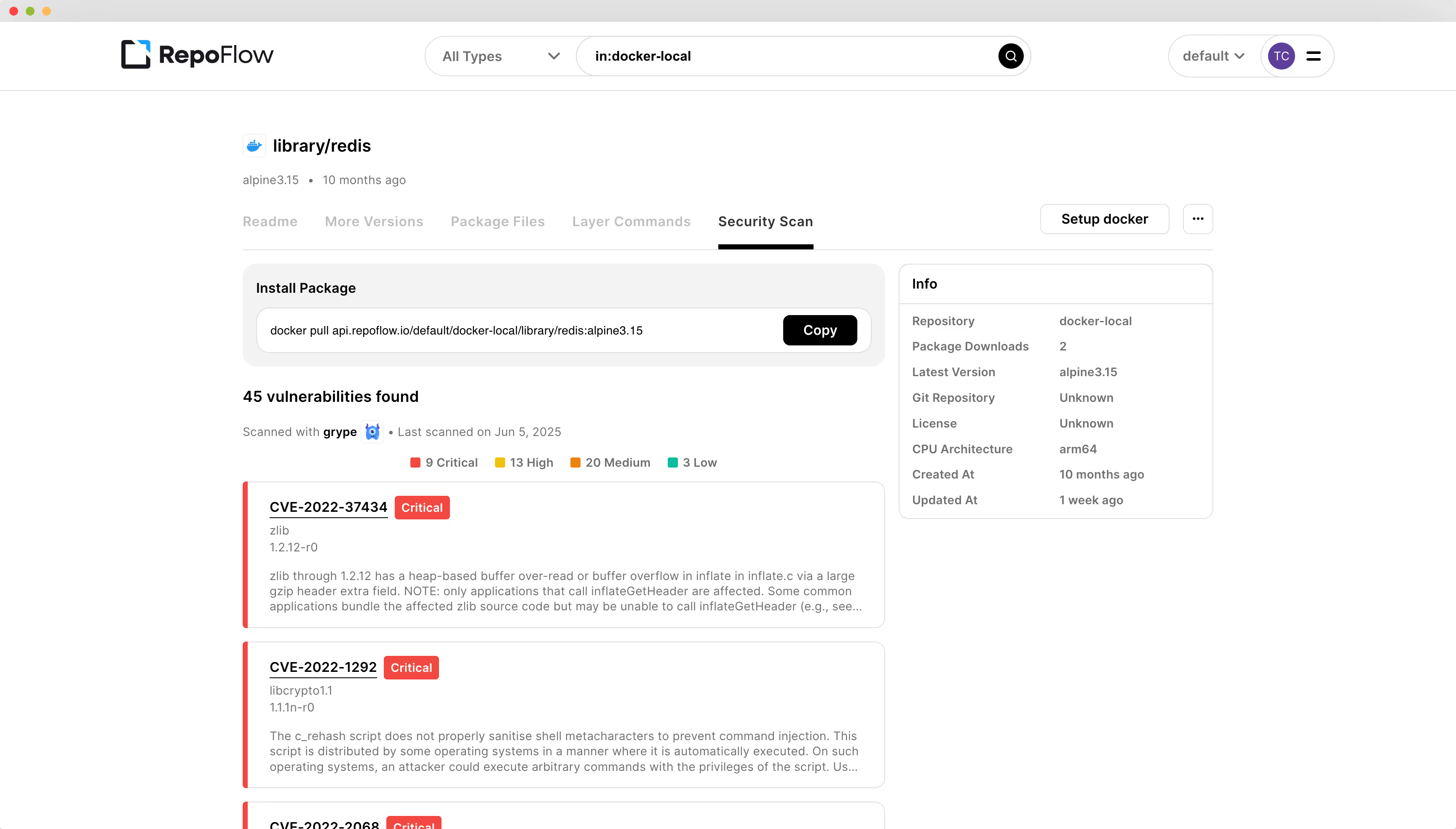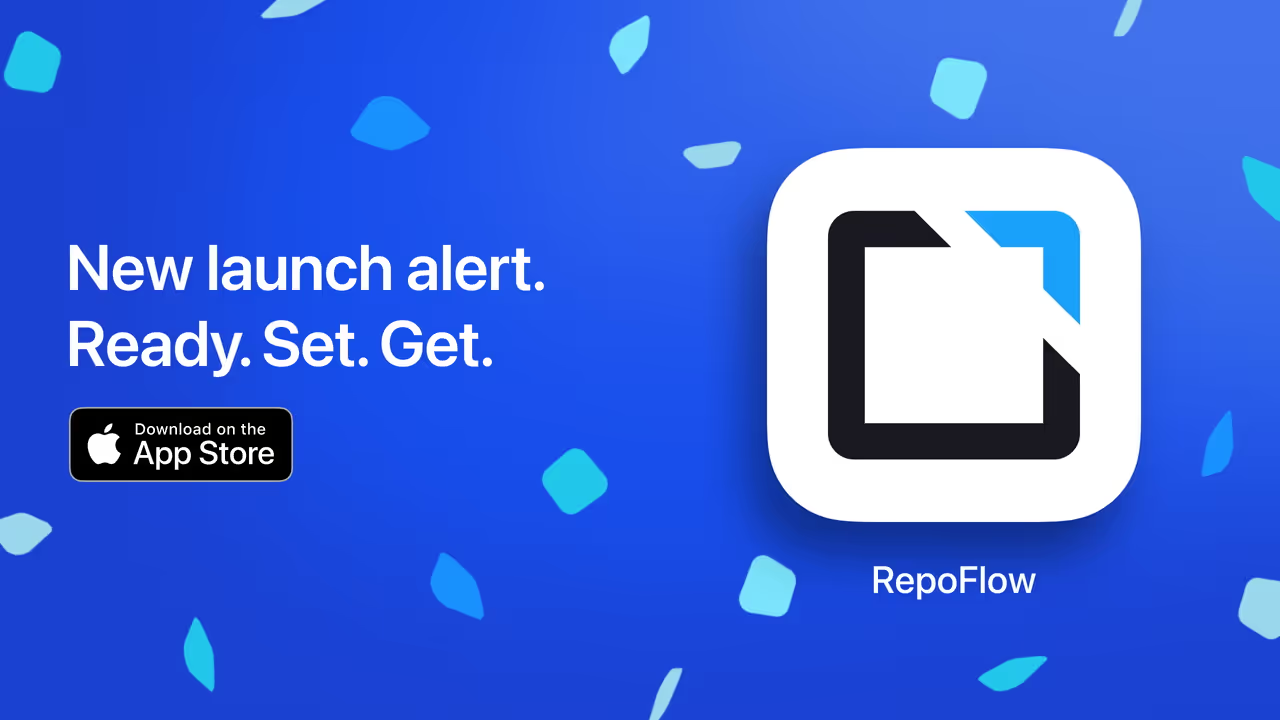
RepoFlow Team · June 15, 2025
Vulnerability Scanner Comparison for Docker and More
A practical comparison of free and paid tools like Grype Trivy Snyk and more
Why Scanning is Needed
Modern applications rely heavily on Docker images and open source packages. That also means inheriting their vulnerabilities.
A single outdated package or insecure base image can expose your systems. Scanning your containers and dependencies for known vulnerabilities helps catch these issues early, before they reach production.
Whether you’re running internal services or deploying cloud workloads, scanning should be a default part of your workflow.
A single outdated package or insecure base image can expose your systems. Scanning your containers and dependencies for known vulnerabilities helps catch these issues early, before they reach production.
Whether you’re running internal services or deploying cloud workloads, scanning should be a default part of your workflow.
Popular Vulnerability Scanners
There are many tools available today. Some are fully open source. Others are commercial platforms with dashboards, policies, and automation.
Below is a clear, practical comparison of the most popular scanners for Docker images and package repositories.
RepoFlow currently supports Grype for scanning. If there’s another tool you'd like to see supported, let us know at hello@repoflow.io.
Below is a clear, practical comparison of the most popular scanners for Docker images and package repositories.
RepoFlow currently supports Grype for scanning. If there’s another tool you'd like to see supported, let us know at hello@repoflow.io.
Tool
Package Type Supported
UI and CLI
Open Source
Free or Paid
Grype
Docker + 10 more types
Only CLI
.webp)
Free
Trivy
Docker + 8 more types
Only CLI
.webp)
Free
Synk
Docker + 5 more types
.webp)

💰
JFrog Xray
Docker + 19 more types
.webp)

💰
Docker Scout
Docker only
.webp)

Free
Clair
Docker only
Only CLI
.webp)
Free
Anchore Enterprise
Docker + 10 more types
.webp)

💰
Aqua Security
Docker + 10 more types
.webp)

💰
Freemium*
Note: Aqua Security uses the open source Trivy scanner as part of its platform. While the full Aqua Platform is commercial, it offers a limited free tier for individual use.
Scanning in RepoFlow
RepoFlow includes built-in vulnerability scanning for Docker images and packages. When viewing a package in the UI, you can trigger a manual scan directly from the package page.
Here’s how it works behind the scenes:
1. RepoFlow uses Syft to generate an SBOM
2. It runs a vulnerability scan using Grype
Scan results show up in the UI with clear severity levels and CVE details. You don’t need to configure anything to run a scan.
Support for additional scanners is planned. If there's one you'd like us to add, let us know at hello@repoflow.io
Here’s how it works behind the scenes:
1. RepoFlow uses Syft to generate an SBOM
2. It runs a vulnerability scan using Grype
Scan results show up in the UI with clear severity levels and CVE details. You don’t need to configure anything to run a scan.
Support for additional scanners is planned. If there's one you'd like us to add, let us know at hello@repoflow.io

RepoFlow scan results
.svg)





